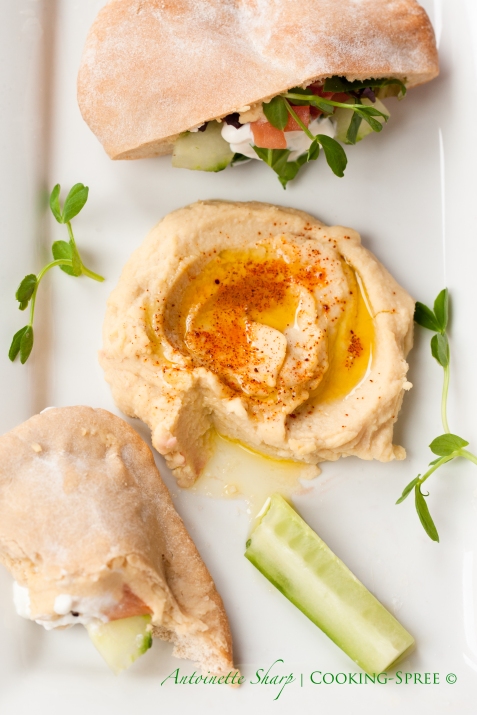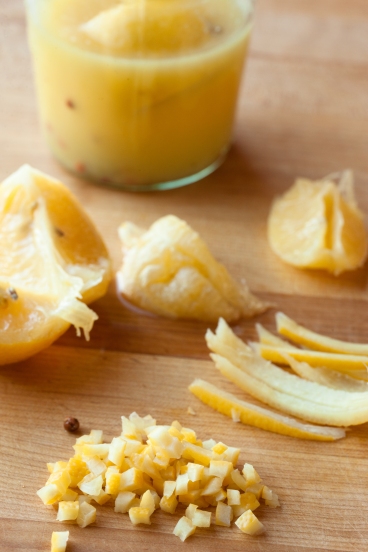Hummus – stuffing our pockets
Hummus was one of the first things I learned to make as a 20-something year old bent on eating well, while not making life difficult on relatives of cows I’d grown to love as a girl. The hummus of those days has morphed a number of times over, as we ourselves tend to do.
Back then I used canned chickpeas. I prefer to cook my own these days, but I’d much rather use canned chickpeas than face the dreadful plight of hummus-lessness when the mood for hummus-in-a-hurry strikes. I’m not at all a fanatic about cooking my own and always have canned chickpeas on hand. BUT, I do think home-cooked beans are noticably better-textured and flavored and if you want to consider giving it a go, here are some reasons why you might consider it too –
You’ll cook them with no preservatives, no gross amounts of salt in the canning liquid – (though not all canned beans come loaded this way.) You can use some of your own cooking liquid to puree in with the beans. (Much better than plain water.) I won’t use the liquid if they’re canned. A batch of your own fresh-cooked chickpeas is a fraction of the cost of canned. There’s less to throw away (or recycle.) And then, there’s the taste.
One of the changes to my hummus has come about quite recently – only since developing a mad crush on Ottolenghi (I mean, his recipes!) It would seem that the skins of the chickpeas, even when the beans are cooked to softness, retain a bit of their toughness unless measures are taken to further soften them. Ottolenghi adds baking soda to both the soaking water, and then again to the cooking pot. This addition and sufficient cooking time are probably THE keys to THE creamiest, most velvety hummus your mouth will ever taste. I’d like to compare it to ambrosia’s savory cousin, but having never tasted ambrosia…Anyway…
Another measure which I’ve read about recently – in several places – seems awfully tedious at first. – but perhaps especially in the case when canned beans are used, worth the extra effort. You squeeze each and every little chickpea between thumb and forefinger, easily slipping them out of their filmy skins. This happens all the more easily with the addition of baking soda to the cooking water. (It’s as if they were itching to shed them, and you came along, right place, right time.) What’s left, once these naked beans are pureed with garlic and fresh lemon juice and tahini (the “butter” of sesame seeds”) is exquisitely smooth.
________________
The pita-pocket sandwich is just about whatever you’d like it to be. What I’d like it to be goes something like this:
Home-baked pita, sliced in half. A good slathering of lemony hummus, topped with thinly-sliced tomatoes and English cucumbers (the kind with the very small seeds); perhaps some sprouts or pea-shoots or micro-greens; maybe some delicate leaves of Spring lettuce, or any other lettuce shredded; perhaps some shredded carrot; a little feta; thin slices of red onion; perhaps some marinated & grilled kabobs of fish or chicken (or you decide); definitely some Greek-style yogurt or tzatziki. And maybe an extra drizzle of olive oil. And because each half is fairly small and because life comes with SO many choices, and choosing is sometimes very hard, make them every which way.
But DO start with the hummus:
The Hummus
_______
1¼ cups dried chickpeas, soaked in cold water overnight (See NOTE)
1½ teaspoon bicarbonate of soda (baking soda)
Juice of 2 to 2½ lemons, or to taste
2 or 3 cloves garlic, crushed
salt to taste
4 – 5 Tablespoons tahini (sesame paste)
a pinch (or several) of ground cumin
extra virgin olive oil
_____
OPTIONAL: see below for optional garnishes & serving suggestions
Hummus becomes a personal thing over the years. You find what you like – more garlicky or lemony, or less? – more tahini, less tahini? – more herbs or none at all? It pays to taste a little as you go. Taste your tahini before you start. Is it bitter? Then go with far less than what’s shown above. (I ruined a batch once with tahini far different than what I was used to.) Add most of the lemon and 2 cloves of garlic to start. It won’t be the right consistency yet, but Taste. If it’s tasting about right, don’t add the rest until closer to the end if at all. You’ll develop your own perfect proportions. With that out of the way, here’s the method –
NOTE: 1¼ cups dried chickpeas will equal about 3¾ cups cooked – if you use canned chickpeas you can give them a little extra cooking time in fresh water to soften them further, and then if you like, remove the skins from them as well.
_____



















